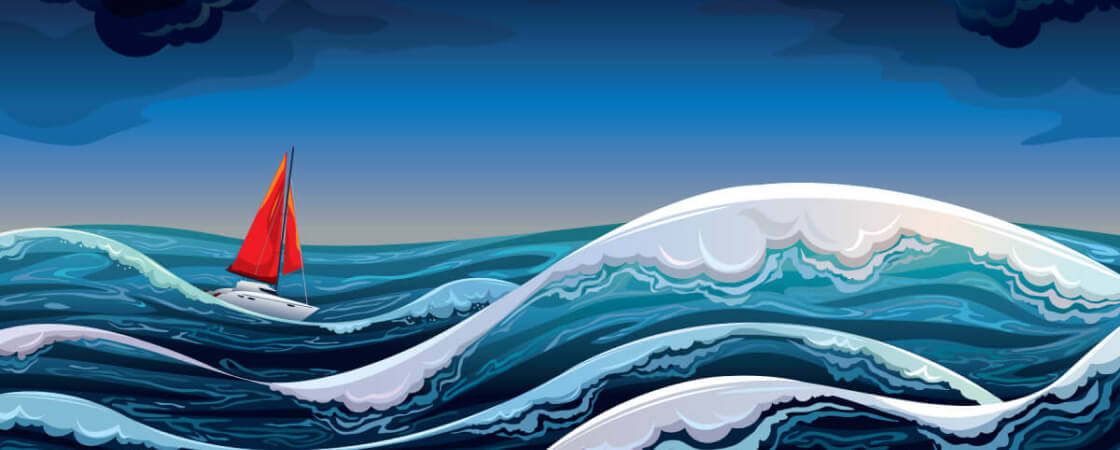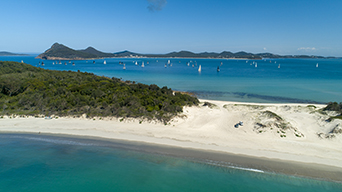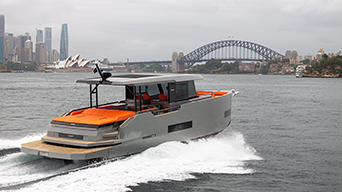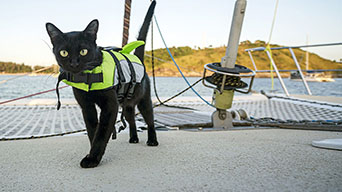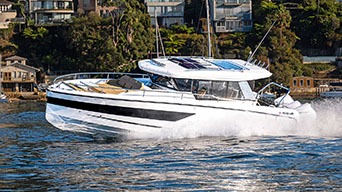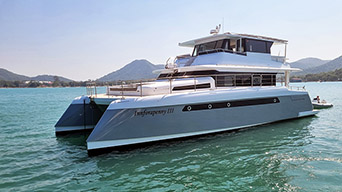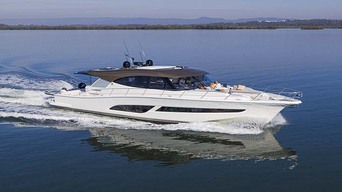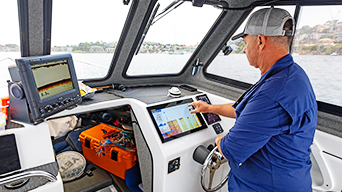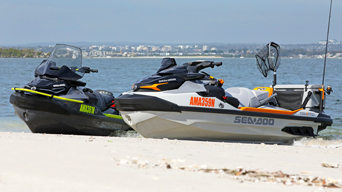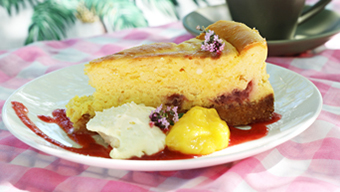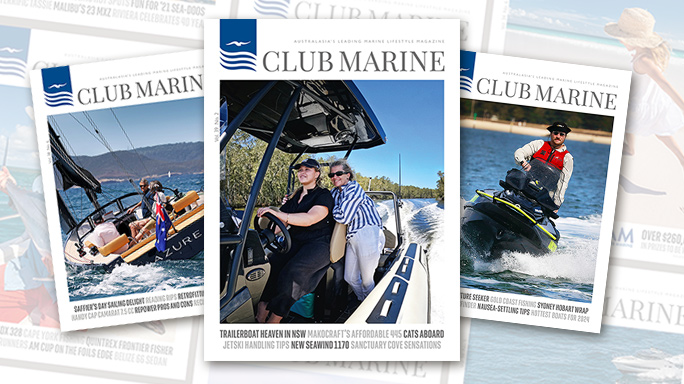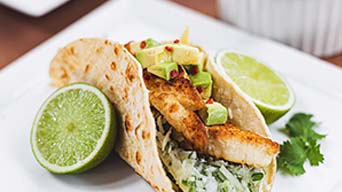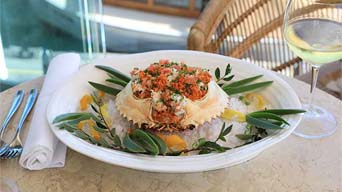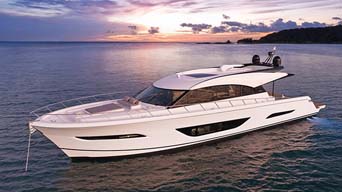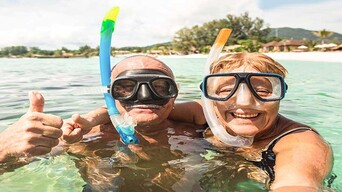He was a fearless, peerless fast bowler for Australia, famous for skittling English and West Indies batsmen with pace and derring-do, yet Merv 'The Swerve' Hughes is also a 'chucker'.
You wouldn't say it to his moustachioed face, of course, but it's true - the 1.93-metre colossus with an unquenchable appetite for food and XXXX is prone to seasickness. Barfs like a breastfed baby when the seas and fumes get too much during a day's fishing.
His mates think it's hilarious, offering barely a carrot-sized morsel of sympathy for this bastion of Ockerdom and Club Marine columnist.
"Everything's funny when it doesn't happen to you," Merv laments, "but I've tried just about every remedy and old wives tale there is to beat it. I've loved fishing since I was a young bloke, but as I get older I really can't handle it physically any more. Being seasick knocks me around for days afterwards".
"I suppose my boat legs aren't that great. People tell me to stay agile and light on my feet... but it's not easy when you're 130 kilos!"
Hughes is far from alone in his mal de mer misery. Lawrence of Arabia, Lord Nelson, Charles Darwin and Julius Caesar are among the celebrated sufferers. Trans-Tasman kayak adventurer James Castrission and Volvo ocean-racing skipper Chris Nicholson are more recent additions to the casualty list.
Research suggests that only one per cent of people are fully immune to motion sickness, while 10 per cent suffer only seldomly. That leaves 90 per cent of us exposed to getting ill every time we board a boat. Women are more susceptible than men, particularly after giving birth - why is not known.
The safety implications are concerning, and not just for those bent precariously over the gunwale and contemplating swimming 20 miles to shore. Virtually 100 per cent of liferaft occupants will vomit in rough seas, adding dehydration and despondency to their long list of perils. Bluewater vessels battling gale conditions can be left dangerously undermanned as green-gilled crew lie comatose in their bunks.
While there are no official economic impact stats, it would likely run to billions based on lost patronage for the global pleasureboating, cruise and defence industries.
Surprisingly, the issue hasn't even blipped on the Boating Industry Association's radar, according to NSW marketing manager Domenic Genua: "Based on market research of one - me - I don't believe it's a deterrent that has hindered recreational boating in any way," the 20-year industry veteran, says. "I would suggest that, like other ailments, people deal with it rather than avoid participation."
